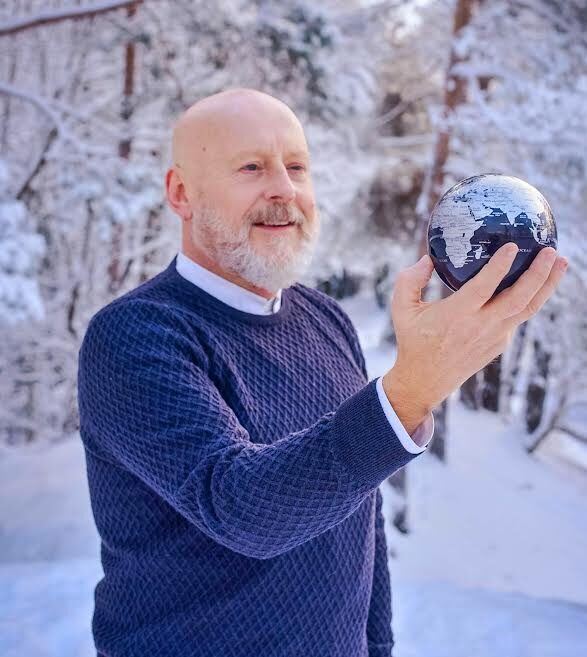Muscat, the grandeur is hidden beneeth the serfase
Despite the oil income, Muscat has not indulged in show-off culture like other Arab states, but rather traditionally discreet modesty. This is how the city may seem at first glance. There are no high-raised glass buildings and grey steel, but relatively low buildings in white and slight variations of light colours. But of course, there are a few exemptions, like the camp palace the previous Sultan Qaboos built for himself. It looks like it can come from Alladin’s One Thousand and One Night fairytale.

The first days in Muscat.
I was on a two-week trip to Oman and arrived in Muscat early in the morning. So I could not check in yet, but I just left my bag in the reception. Then I took to the streets and started to walk. It is always exciting to arrive in a new city; you don’t yet know how to get around, how public transportation works, etc. Therefore, I like to start off walking. One of my first stops was going to be the Fish Market. Why? Because I knew it was designed by the same company that designed my workplace, the Operahouse in Oslo by Snøhetta. I read it was supposed to be a signal building by the harbour; I must say, I thought it disappeared into the surroundings. But it had a fishbone pattern on the grid roof that was interesting.

Impressions of Muscat
Muscat is a city where several small fishing villages have joined to become the new capital. You see the wall of mountains in the background along the coast. And this has made the city into several smaller areas, and it is a pretty long distance between exciting spots. I like to see the old town, and of course I like the newer architecture. So, many of the things I wanted to see in Muscat were buildings. I stayed in Ruwi, an area close to what they call the old town, where you also find poorer city areas.

Omani frankincense
Frankincense is an integral part of Oman’s culture and heritage. This aromatic resin is mainly used in incense and perfume and is obtained from the tree bark of the genus Boswellia. Frankincense is also known for its healing and therapeutic properties. Up on a small mountain hill, along the harbour in Muscat, you can see this Riyam Censer, a giant sculpture portraying an Incense lamp.

Christmas in the Roundabout
When one chooses to travel to a Muslim country for Christmas, one does not expect to see much to remind you about the holiday. However, on December 24th, late afternoon, I was on my way to my hotel and had to walk under the highway to reach it. I had seen many people who were not Omani but dressed up in colourful sarees. I tried to ask some of them what they were dressed up for. But not one of them could speak any English. But, they said Merry Christmas. So I gathered that they were southern Indian Christians who came together on this green spot in the middle of the roundabout. When I came back later, they had all gone again.

Muttrah Souq
Al Dhalam (“Darkness” in English) Souq is the local name for the Muttrah Souq. The Muttrah Souq is one of the oldest marketplaces in Oman, dating back two hundred years. It is located adjacent to the harbour of Muscat and has seen an immense trade in the age of sail, being strategically located on the way to India and China. This may not be the most exciting souq after travelling in a few Arabic countries, but it is spotless and open, and most traders are South Asians.

Royal Opera House Muscat
When I started this, I planned to write about everything I saw and experienced in Muscat, but I realized that The Opera House and the Sultan Qaboos Grand Mosque were excellent, so I have to show several pictures of both; because of this, I ended this post here and give you a tease for those two fantastic buildings coming next week.








